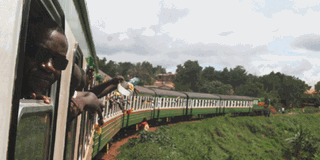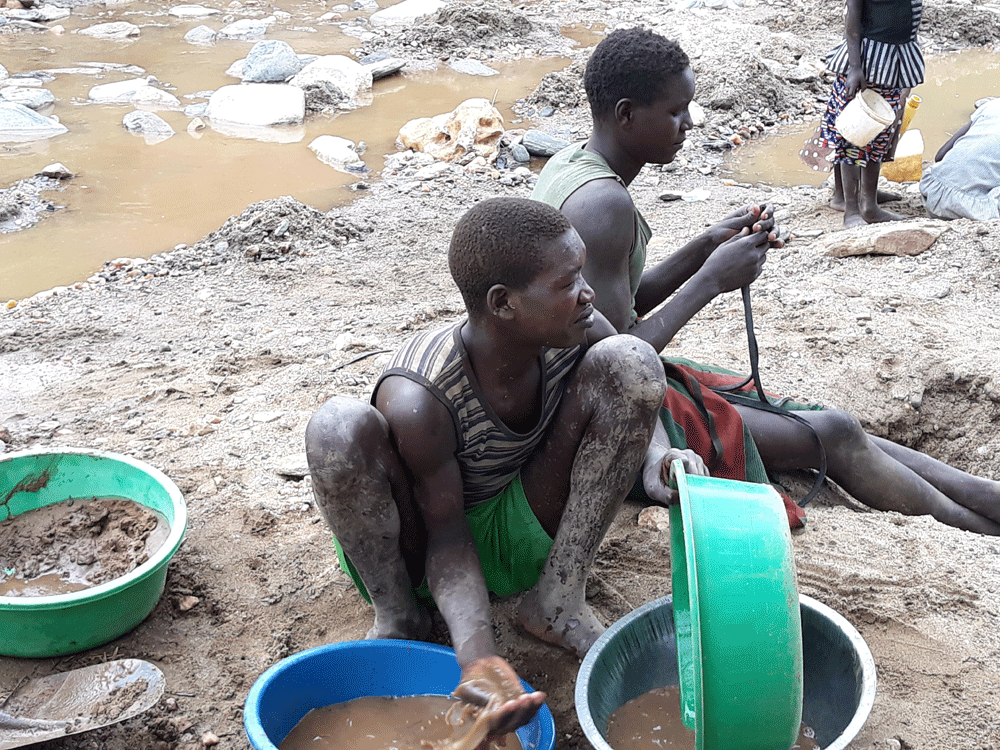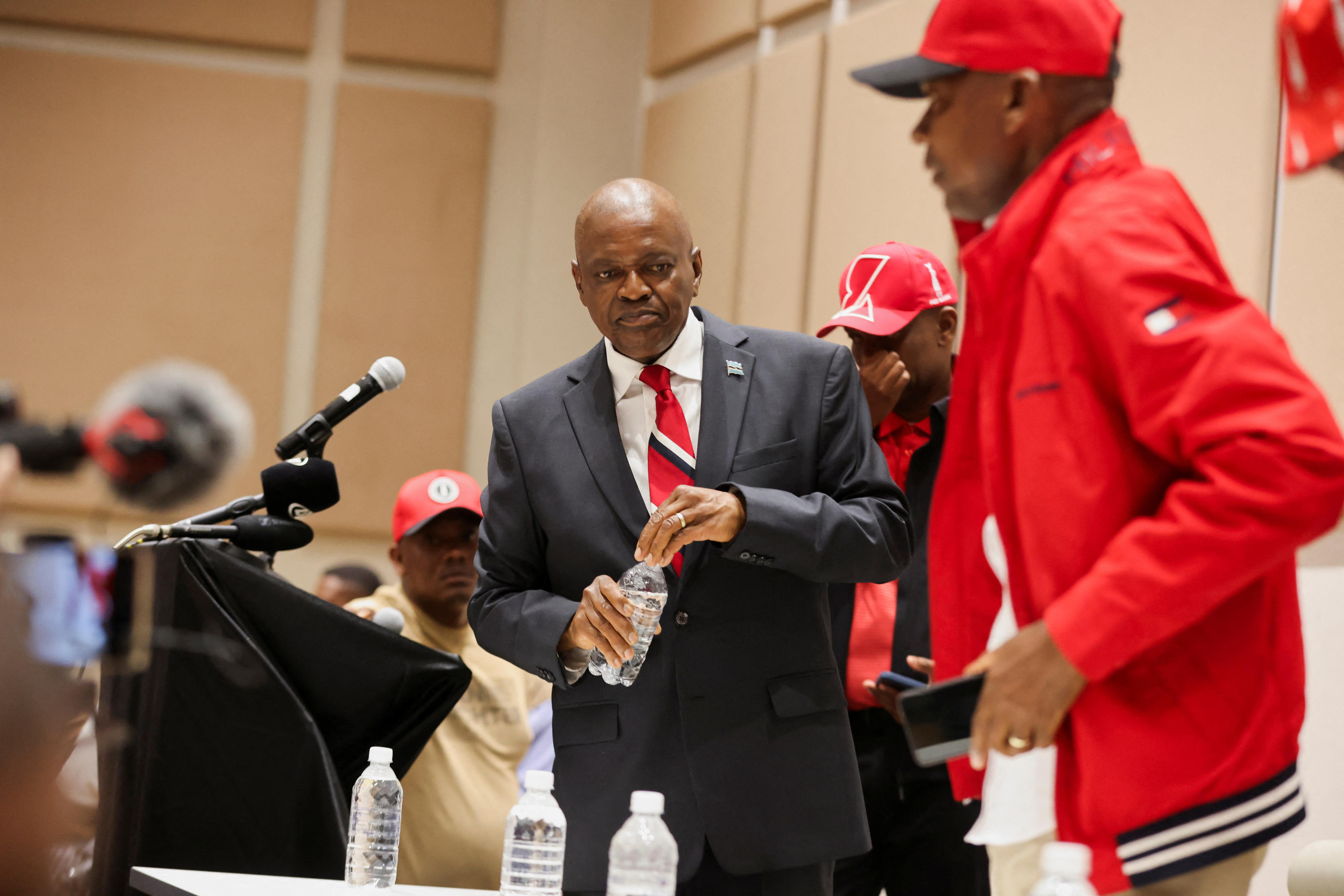Prime
RVR has failed to deliver, say traders, decrying prohibitive railway costs

Passengers in the previously launched commuter train. It operated for less than a month. File Photo.
What you need to know:
RVR recently secured $287 million to rehabilitate the line between Mombasa and Kampala. According to the transport ministry, about $56 million (about Shs140 billion) of the $287 million will work on improving the Ugandan side while the rest is to be invested on the Kenyan side of the railway.
The poor state of the Uganda-Kenya railway, worsened by limited investments in the sector will keep hurting the country’s business and economic performance if nothing is done to fast-track the development of the railway line.
While Rift Valley Railways (RVR) registered growth in freight business on the railway line, the railway itself is still in an appalling state. In 2011, RVR transported 1.6 million tonnes, showing an increase of 8 per cent compared to the 1.53 million tonnes transported in 2010.
Even though the figures show an upward trend, they represent less than 10 per cent of the overall 20 million tonnes of cargo transported from Mombasa port last year. But railway transport has the potential to transport much bigger quantities only if there is good infrastructure.
Recently, RVR secured $287 million to rehabilitate the line between Mombasa and Kampala. According to the transport ministry, about $56 million (about Shs140 billion) of the $287 million will work on improving the Ugandan side while the rest is to be invested on the Kenyan side of the railway.
This is in addition to the fact that about 30,000 people are transported by commuter trains with in Kenya every day, courtesy of RVR operations. Far still, as part of Kenya’s Vision 2030, there are plans of putting in place a new commuter rail system with an initial transportation capacity of 170,000 passengers per day.
On the contrary, in Uganda, a commuter train was launched early this year, and operated for less than a month before winding up. Information from the ministries; transport and privatisation shows that the temporary passenger license was revoked after RVR failed to secure an insurance license for passengers.
In an interview with Prosper magazine, Mr Brown Ondego, the CEO of RVR said that much of the investment was being done in Kenya because a huge part of the line is in Kenya.
“It is not a case of unbalanced investment. Between Mombasa and Malaba, there are about 900 kilometres compared to the about 250 kilometres between Malaba and Kampala. It is because of this that much of the money goes to the Kenyan side,” Mr Ondego said.
He added: “Both countries stand to benefit tremendously especially from an economic point of view. Affordable transport is the lifeblood of an economy as it opens up access to markets.”
Nonetheless, Mr Abraham Byandala, minister of works and transport told this magazine that since 2006 when the RVR Consortium was awarded the contract to operate the over a century old Uganda-Kenya railway, under a 25-year concession, they are yet to meet the government’s expectations as little work has so far been done on the line in addition to failure to meet requirements for operating commuter trains.
“RVR is not performing to our expectations. The concession has had two phases; with barely any operations for Uganda in the first phase that stretched between 2006 and 2010. In the past months, they have tried to do more improvements on the line but this should have been done much earlier,” Mr Byandala said.
He added: “Even though the concession agreement never allowed RVR to operate passenger trains in Uganda, we gave them a temporary permit to transport passengers as we work to amend this agreement. They failed to secure an insurance license. Far still, they were insinuating that government should subsidise the commuter train, which is also wrong.”
Additional, Mr Everest Kayondo, the chairman of Kampala City Traders Association (KACITA), said that local traders continue to pay high transportation costs due to the weaknesses of RVR and government’s failure to invest in railway infrastructure.
“We are missing out a lot. RVR has failed to deliver. The money we spend to transport goods on the road is four times more than what we would spend if we were using the railway.”
He added: “We are not only landlocked but also lack a functioning railway line. As a result, our traders are less competitive compared to those from Kenya and Tanzania. The railway needs to be under the government not the private sector. Let government invest in and also manage railway transport.”
However, Mr Francis Kamulegeya, a partner at PriceWater Coopers said due to the absence of sufficient funds, the government has no alternative but to transfer some sectors to private investors.
“While using the railway has its advantages such as low transportation costs and lesser damages to goods compared to road transport, having a functioning railway needs massive investments,” Mr Kamulegeya said, adding:
“If we are to invest massively in the railway, the government will need so much money that can be sourced from taxation and foreign investors. But again, the country also has other immediate priorities such as health, education and roads to invest in. That is why some sectors are leased out to the private sector.”
Following, the signing of the concession in the second half of 2006, RVR took over the management of the Uganda-Kenya railway. The first phase of operations also described as the ‘Struggling Period’ was filled with little progress due to the post-election violence in Kenya, operational challenges within RVR, shareholder differences and staff challenges.
The second phase started in 2010 after RVR acquired new shareholders, restructured the concession, appointed a new management team and signed loan agreements with partners. Under the Consortium shareholders structure, Ambience Ventures Limited, a subsidiary of Citadel Capital owns 51 per cent; Safari Rail Company Limited owns 34 per cent while Bomi Holdings Limited owns 15 per cent of RVR.
RVR secured $287 million (about Shs710 billion) to finance a five-year railway rehabilitation plan. These funds are to be used at a ratio of 1:5 between Uganda and Kenya with about $56 million coming to the Ugandan side while the remaining will work on the Kenyan side of the railway. The company believes that this investment will improve the operation of the rail, enabling it to a handle up to 8 million tonnes of cargo per year from the less than 2 million tonnes it currently handles per year.
Going Forward:
According to Mr Ondego, the railway has had several improvements between 2011 and now and more is expected to be seen before the end of the year as the renovation process stays on track.
“We are working on a railway line that has been down for more than two decades. Much of the rail slippers and other equipment were robbed and need to be replaced. We have already repaired nine culverts between Busembatia and Jinja.”
He added that the rehabilitation of the line cannot happen instantly given that it is a huge project with benefits such as improved speed. The impact of the rehabilitation projects will be felt at the beginning of next year.
“After the whole renovation process, we shall be able to run bigger trains at speeds higher than the 20km/hour we currently operate on. We shall also reduce transit time between Mombasa and Kampala by half.”
Mr Byandala further highlighted that the government is equally concerned with the state of railway transport and is now working towards constructing another railway.
“As government, we are committed to building a new railway. We are already in talks with a Chinese company to this effect. We hope that by next year, we would have closed a deal.”
History of the Railway
The Uganda-Kenya railway also referred to as the Lunatic Express was constructed by the British government between 1896 and 1940 at a cost of $793 million valued in 1903 intended to provide a modern transport channel of raw materials and manufactured goods from and to the Uganda respectively. Altogether, the Uganda-Kenya railway originally was over 1,500 kilometres long from Uganda to Kenya’s Mombasa port.
Uganda originally had about 600 kilometres of rail with the main route stretching from Malaba to Kasese while a northern leg of the railway branched off from Tororo via Mbale, Gulu to Pakwach.
However, much of this rail line is no longer operational with only the 190 kilometres line between Kampala and Malaba functioning. The Tororo-Pakwach leg was cut off by the two decade long Lord’s Resistance Army insurgencies in northern Uganda while the route between Kampala and Kasese ceased operations after the drop in copper and cotton supply coupled with failure by government to avail operational funds.
Currently, the railway is a sleeping giant of the transport sector. However, adequate investment could easily turn around its state to the most reliable inland means of transport for both cargo and passengers.




